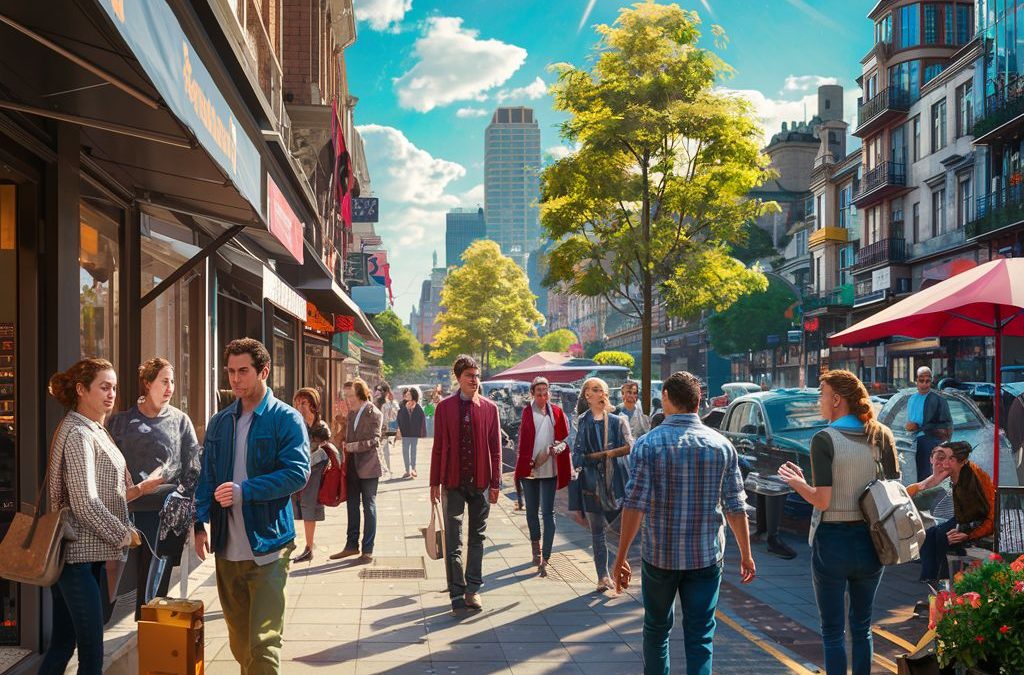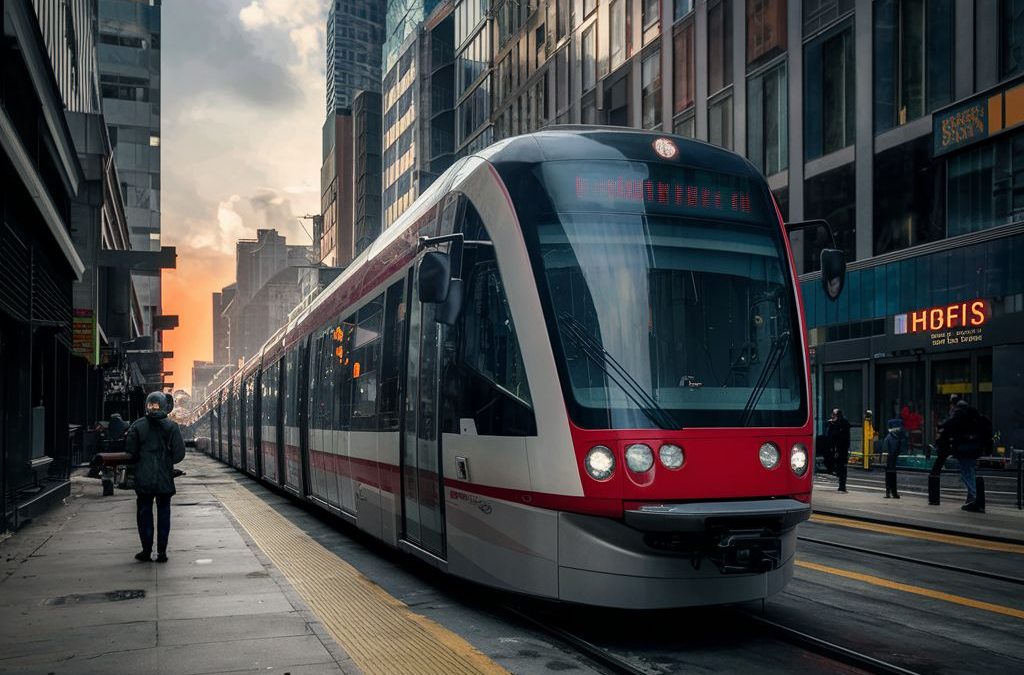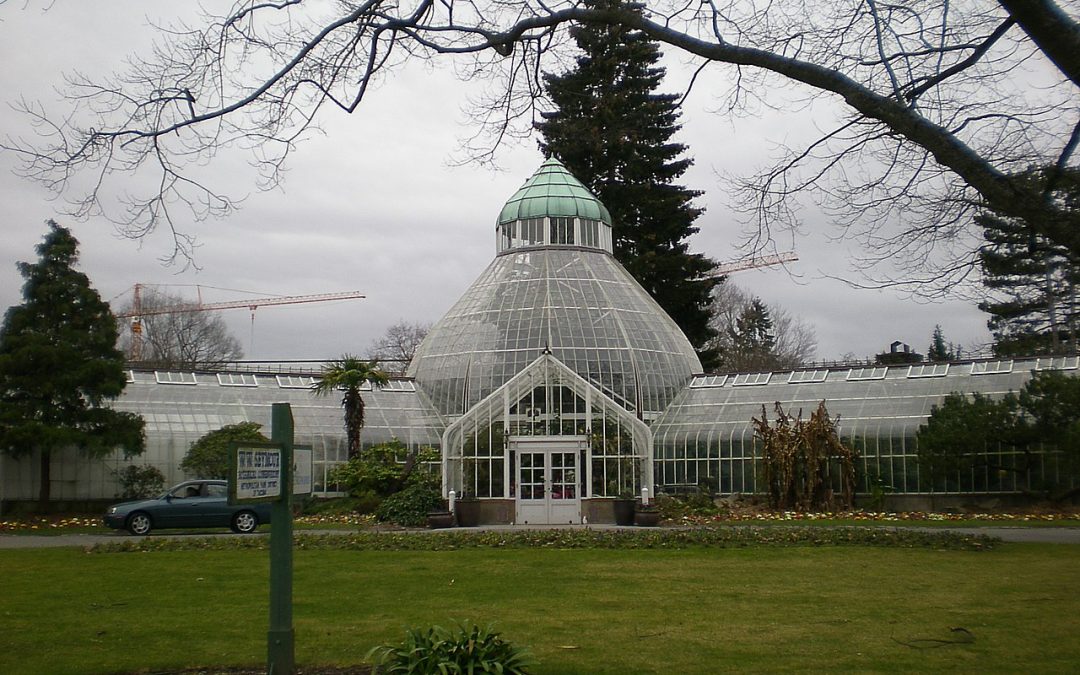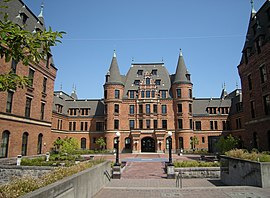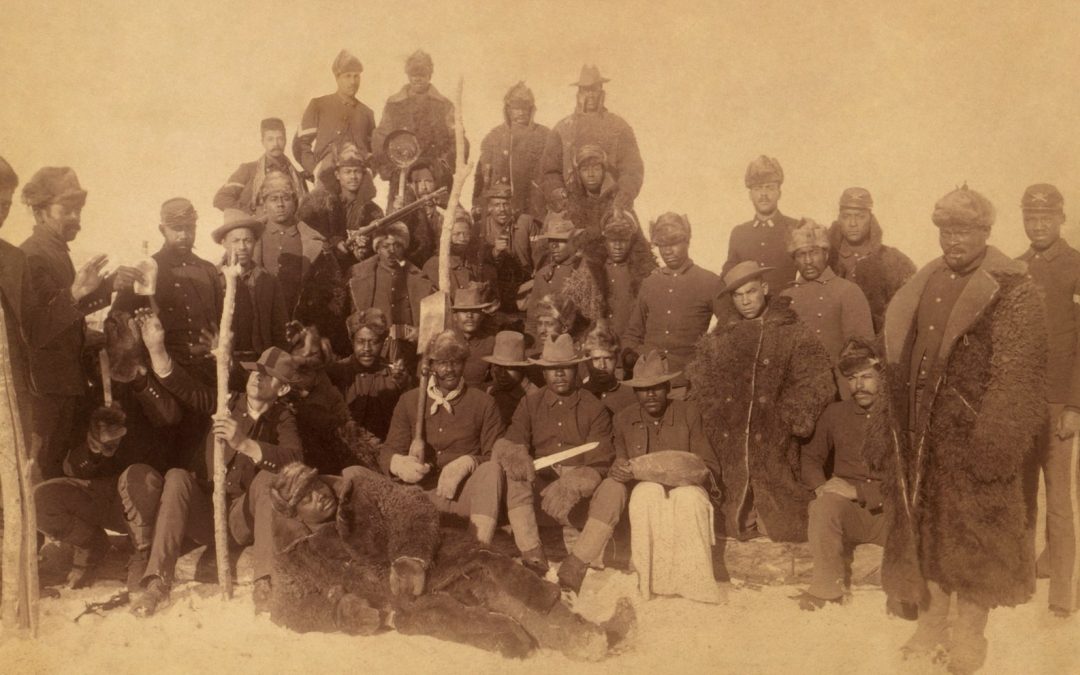
Honoring Black Excellence: A Look Inside Tacoma’s Buffalo Soldiers Museum
Buffalo Soldiers Museum
- 1940 South Wilkeson Tacoma, WA 98405
- (253) 272-4257
- Tues-Sat: 11am-4pm
- Sun & Mon: Closed
Nestled in Tacoma, Washington, lies a unique museum dedicated to preserving the legacy of a too-often-overlooked chapter in American history – the Buffalo Soldiers. The 9th and 10th (Horse) Cavalry Buffalo Soldiers Museum, to give it its full name, stands as a testament to the courage, resilience, and invaluable contributions of African American regiments who served the United States military from 1866 to 1944.
The museum’s story itself is one of dedication and perseverance. Founded in 2005 by William Jones, a veteran who served in the Korean War, the museum started as a humble display of memorabilia collected by Jones and fellow service members. Driven by a desire to ensure the stories of the Buffalo Soldiers were not forgotten, Jones’ daughter, Jackie Jones-Hook, took over the museum after his passing in 2009. Through tireless efforts and community support, the museum opened its doors in 2012, becoming one of only two institutions in the country dedicated solely to honoring the Buffalo Soldiers.
Stepping inside the Buffalo Soldiers Museum is like stepping back in time. The exhibits are thoughtfully curated, offering a glimpse into the lives and service of these remarkable soldiers. Uniforms, weapons, photographs, and personal belongings tell a powerful story of sacrifice and duty. One exhibit showcases the iconic “Buffalo Soldier” moniker, believed to have originated from Native American tribes who admired the soldiers’ bravery and horsemanship. Another exhibit dives deep into the various roles these regiments played – from serving on the frontier during the Indian Wars to participating in World War I and World War II.
But the museum goes beyond static displays. Interactive elements and multimedia presentations bring the stories to life. Visitors can listen to oral histories from descendants of Buffalo Soldiers, watch documentaries chronicling their experiences, and even handle replicas of historical artifacts. This interactive approach ensures that the museum’s message resonates with visitors of all ages, sparking curiosity and igniting a desire to learn more.
The Buffalo Soldiers Museum doesn’t just tell the past; it actively engages with the present and future. The museum hosts a variety of events and educational programs throughout the year. Living history demonstrations showcase soldiers in period uniforms, reenacting drills and providing firsthand accounts of military life. Educational workshops delve deeper into specific aspects of the Buffalo Soldiers’ history, perfect for students and history buffs alike. The museum also collaborates with local schools, offering curriculum guides and educational tours specifically designed to enhance classroom learning about Black history and military service.
The impact of the Buffalo Soldiers Museum extends far beyond the walls of the building. It serves as a vital resource for the community, fostering a sense of pride and cultural awareness. It’s a place where families can learn about a crucial piece of American history that is often missing from traditional narratives. It’s a space for veterans, particularly African American veterans, to connect with their heritage and see their contributions reflected in the museum’s exhibits.
For me, visiting the Buffalo Soldiers Museum wasn’t just an educational experience; it was an emotional one. Walking through the exhibits, I couldn’t help but feel a sense of awe and admiration for these brave men who faced prejudice and discrimination both on and off the battlefield. Their unwavering dedication to duty and their fight for equality serve as a powerful reminder of the ongoing struggle for racial justice in America. The Buffalo Soldiers Museum is not just a museum; it’s a beacon of hope, reminding us of the power of perseverance and the importance of recognizing the contributions of all who have served our country.

